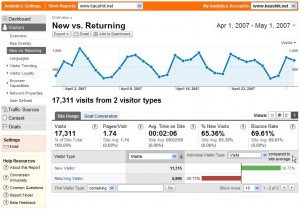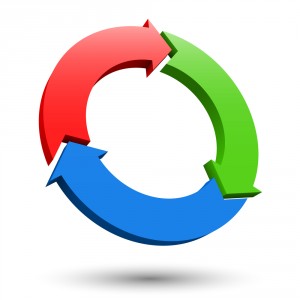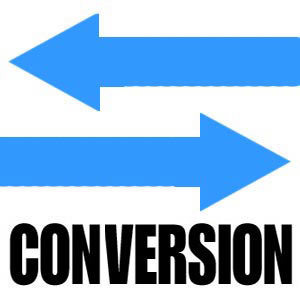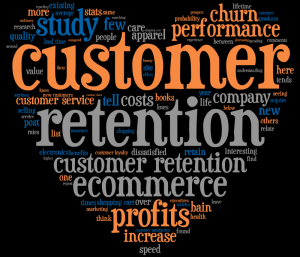How to Use B2B Social Media Automation Effectively – in 5 Easy Steps
 A growing number of B2B companies want to learn how to use social media automation in their marketing campaigns. We thought it would be a good time to discuss how you can use social media automation to accomplish your marketing objectives.
A growing number of B2B companies want to learn how to use social media automation in their marketing campaigns. We thought it would be a good time to discuss how you can use social media automation to accomplish your marketing objectives.
- Create a posting schedule. For B2B marketers, it’s important to maintain a consistent profile for your leads. It can be helpful to create at least a month-long posting schedule with topic ideas and targeted audiences. Allow for flexibility if there is a need to post a message in response to an unforeseen event or issue but develop a messaging sequence that moves your B2B prospects through a series of unique posts.
- Select recipients. This can seem like an easy step but beware: ineffective SM use can spell doom for your business just like with other channels. Not all B2B leads are the same, and not all view social media favorably as a business tool. Focus on prospects that have engaged previously on the network rather than those that simply have an account profile.
- Create posts. Compose a message that is conversational (not salesy) and addresses a single issue that your prospects are interested in. Be careful not to compose messages that are complex or confusing. Keep posts short (hard not to on Twitter!) and engaging. Throw in a question, conduct a poll, host a contest, find ways to engage your audience. And avoid repeatedly asking your prospects to share, like, or otherwise socially deliver your posts; doing so frequently can appear desperate.
- Select networks. Choose the networks to post on that are most visible to your prospects. In many cases, LinkedIn will be a solid choice. Investigate as many networks as possible and select the sites where your hottest prospects “hang out”. Our Lead Management Automation™ platform allows posting to multiple SM networks including Facebook, LinkedIn, and Twitter.
- Schedule delivery. Determine when each post should be delivered and schedule social post delivery dates and times when posts will most likely be read. Select various times throughout the day to deliver your posts. It may be helpful to use A/B testing to determine the most effective times for social media posting.
As more B2B companies discover how to use social media within their marketing strategies, competition for prospects’ attention through SM channels will likely become as fierce as PPC and search marketing has been in recent years. The winners will be early adopters who position themselves effectively within the social media channel.









